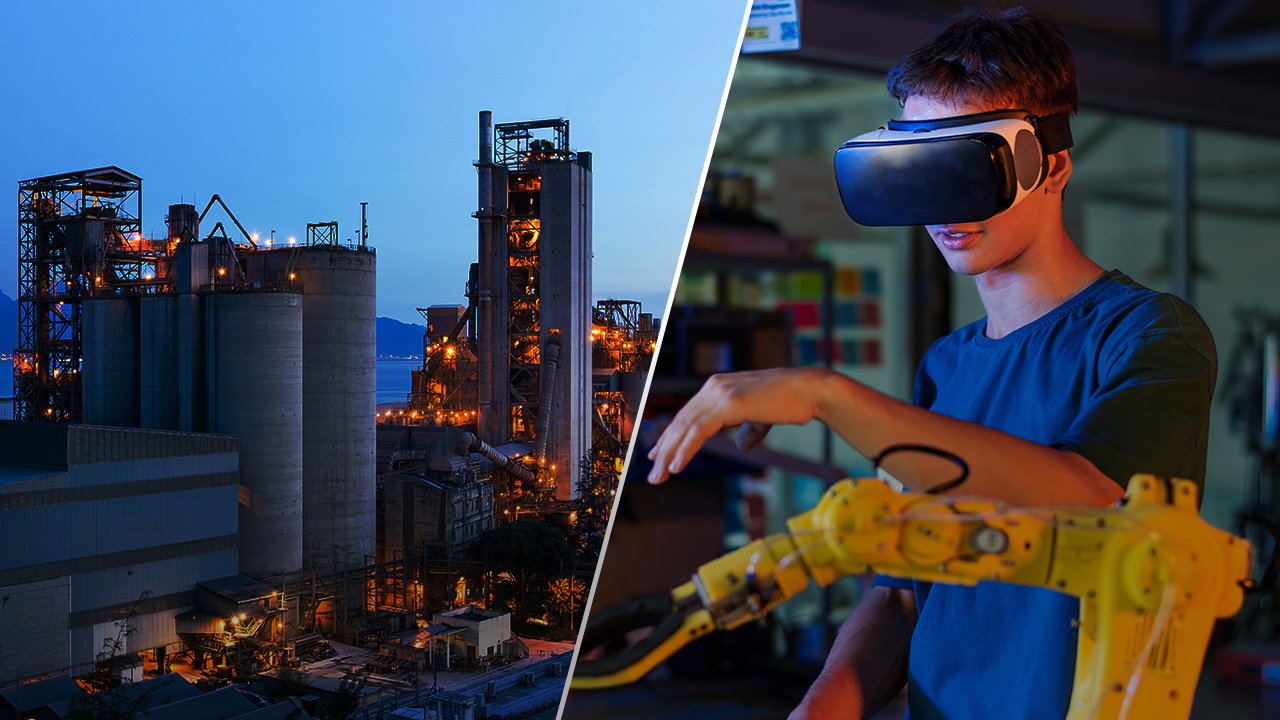Chapter 1: Overview
In a literary endeavor that intends to redefine our understanding of the contemporary technological landscape, Alok Aggarwal recently authored The Fourth Industrial Revolution & 100 Years of AI (1950-2050).

Its first chapter, “Vital Characteristics of The Ongoing Fourth Industrial Revolution”, meticulously takes readers on a captivating journey through the evolution of industrial revolutions, examining the interplay between historical precedents and the current wave of technological advancements. This chapter delves into key inventions, shared characteristics, and the profound societal implications that define these revolutions and will also define the ongoing Fourth Industrial Revolution.
The chapter begins by depicting the indomitable spirit of inventors and echoing Thomas Edison’s assertion that failure is an integral part of the innovation process. It also asserts that the Fourth Industrial Revolution essentially started in 2011 and is displaying the following eight characteristics that were also present in the first three industrial revolutions:
8 characteristics of the previous Three Industrial Revolutions
1 – The current revolution comprises of many inventions: Several key inventions are coalescing to propel this revolution, most important of which are related to Internet of Things; Smart Cities; Blockchain; mitigation and adapting to climate change; robotics and drones; 3D printing; augmented and virtual realities as well as Metaverse; gene editing; discovery of new molecules and materials; driverless vehicles; Quantum Computing; and the use of large datasets as well as Artificial Intelligence (AI) systems. Moreover, like the previous revolutions, this one is likely to last for at least four decades, i.e., at least until 2050.
2 – Enabling infrastructure that is related to data: Just as steam generation, electricity, and electronic communication played a vital role in the previous three revolutions, a similar role will be played by an enabling infrastructure for the generation, distribution, cleansing, harmonization, and consumption of data.
3 – AI techniques becoming pervasive: Analogous to steam engines, electric motors, and central processing units (CPUs) in the prior revolutions, in the current one, there will be a Cambrian explosion of AI systems, which will be used in numerous forms and sizes, perform plethora of diverse tasks.
4 – Key inventions will take a couple of decades to seep into society: Even after the key inventions become the bedrock for this industrial revolution, many will take 2-3 decades to percolate through the society because large amounts of capital will be required; return on investment will need justification; business and consumer attitudes will need to change; and governments will need to enact new regulations.
5 – Boom-bust cycles linked to key inventions will occur: Just like the previous industrial revolutions, currently there is a lot of hype regarding Artificial Intelligence, Internet of Things, Driverless Vehicles, Quantum Computing, and Metaverse. Much of this propaganda is likely to die down within the next ten years but by then it would have provided the required financial and human capital to create the key infrastructure that will be required for these inventions to flourish decades later.
6 – In the long run, these inventions have longer lasting effects than imagined currently: Once these inventions begin to percolate into human society, their effects will be significantly more than we are currently envisioning.
7 – External factors will also be instrumental in determining winners and losers: Undoubtedly, because of AI and automation, jobs will be gained and lost during this industrial revolution. However, several other upheavals by 2050, e.g., ageing population in the world, declining population in many countries, combating climate change, and rising wages in emerging countries are likely to play a big role in determining whether more jobs will be created or lost by 2050.
8 – Governments are likely to play an active role: Akin to the previous industrial revolutions, many governments currently have a laissez faire attitude with respect to the current revolution. However, to compete with other countries and to mitigate as well as adapt to climate change, they are likely to start actively promoting this revolution by funding research and development efforts and by reskilling and upskilling their working populations. Furthermore, because of issues related to ethics, fairness, and privacy, different governments will enact regulations that may even be opposite of each other.
Conclusion
Overall, the book, “The Fourth Industrial Revolution & 100 Years of AI (1950-2050)” provides a concise yet comprehensive exploration of Artificial Intelligence, covering its origins, evolutionary trajectory, and its potential ubiquity during the next 27 years. Beginning with an introduction to the fundamental concepts of AI, subsequent chapters delve into its transformative journey with an in-depth analysis of its achievements, with a special focus on the potential for job loss and gain. The latter portions of the book examine the limitations of AI, the pivotal role of data in enabling accurate AI systems, and the concept of “good” AI systems. It concludes by contemplating the future of AI, addressing the limitations of classical computing, and exploring alternative technologies (such as Quantum. Photonics, Graphene, and Neuromorphic computing) for ongoing advancements in the field. This book is now available in bookstores and online retailers in Kindle, paperback, and hardcover formats.